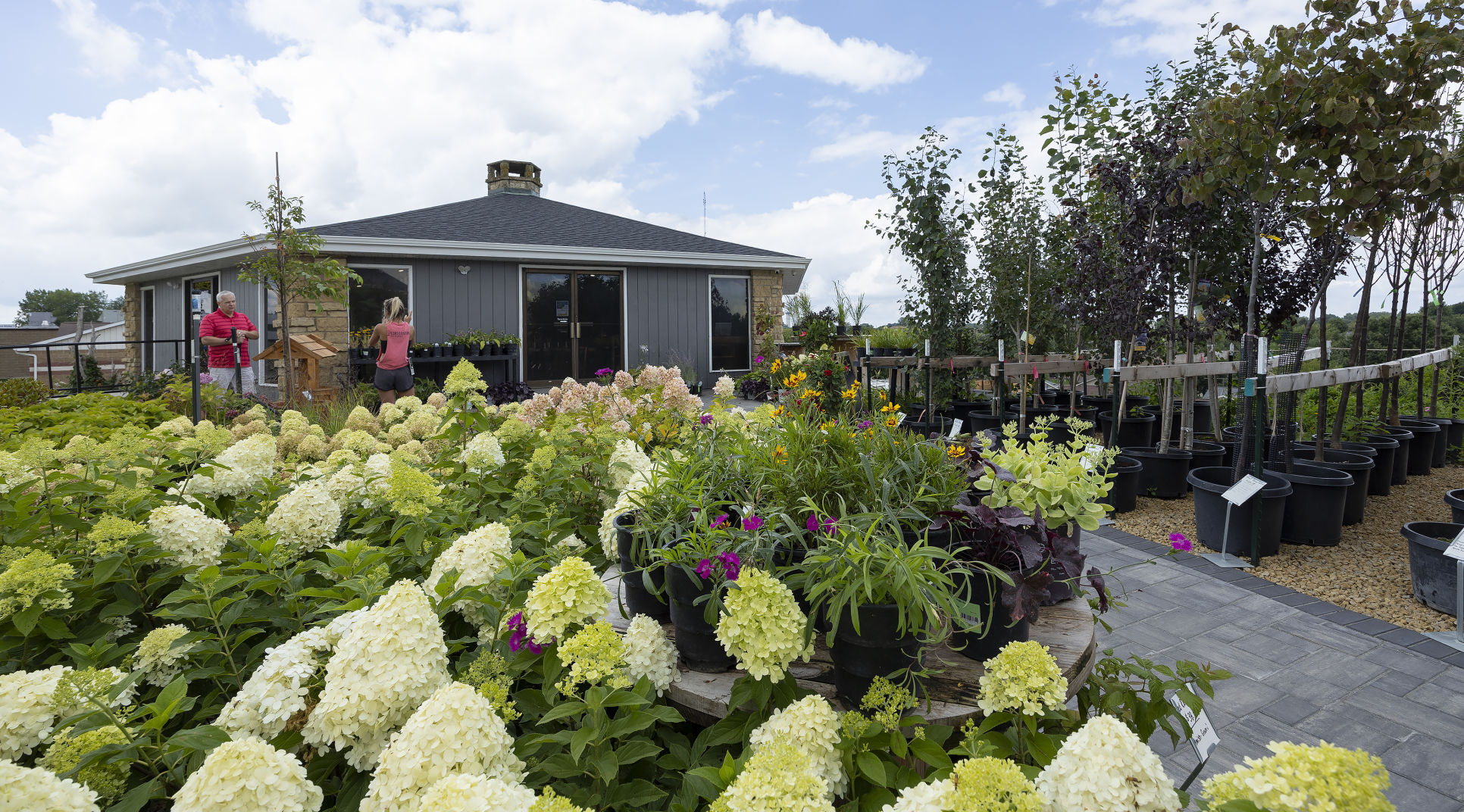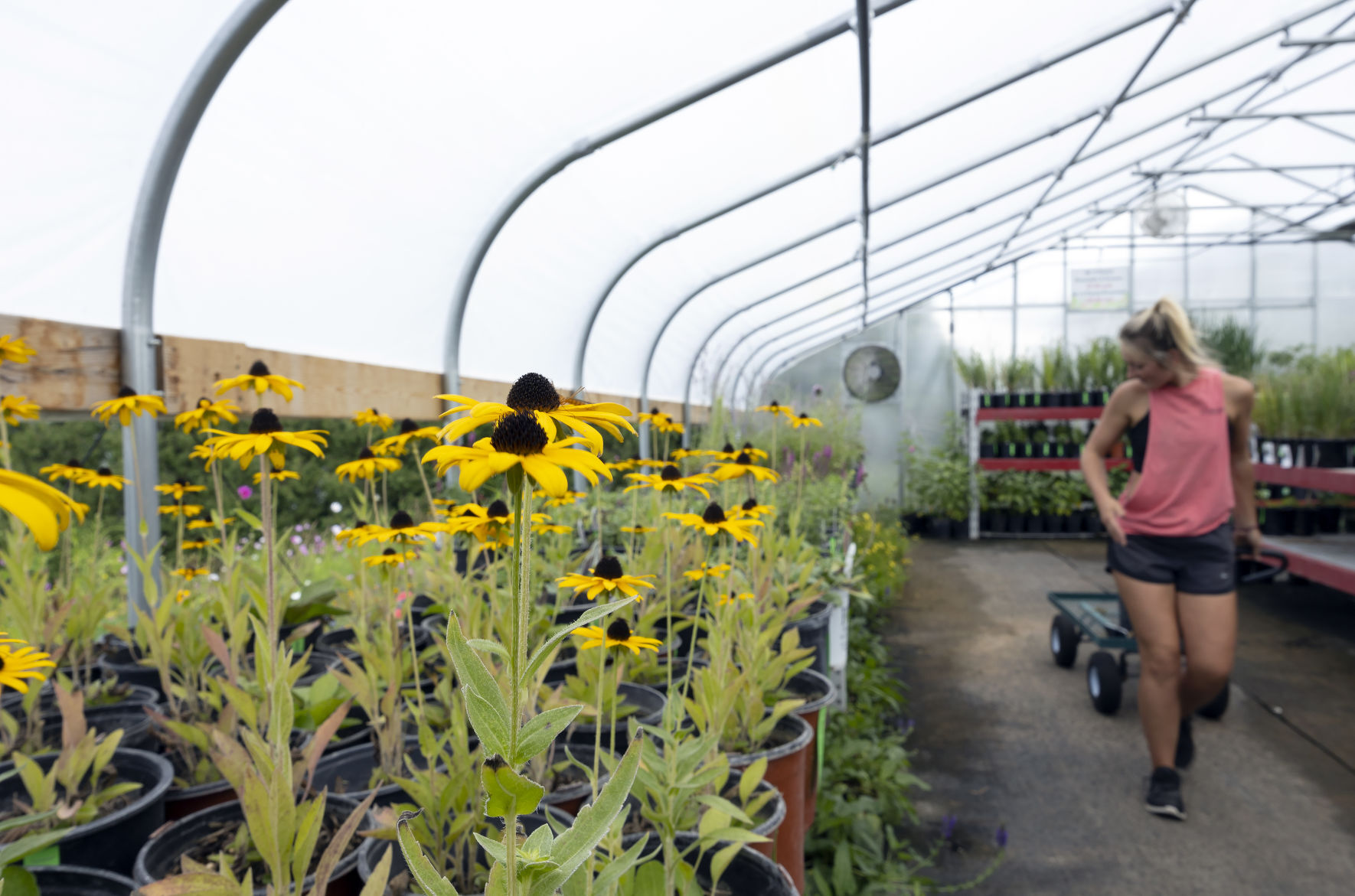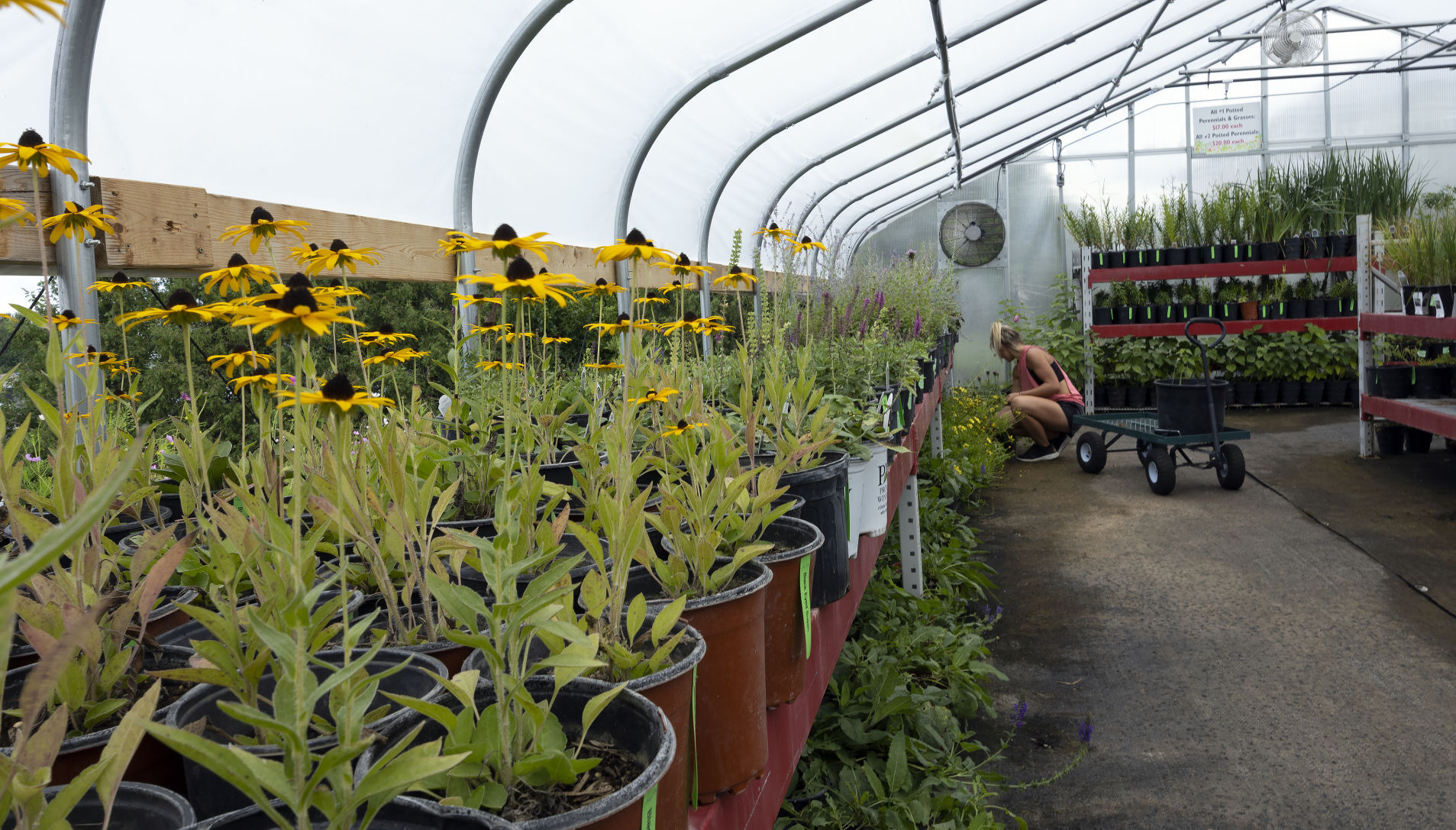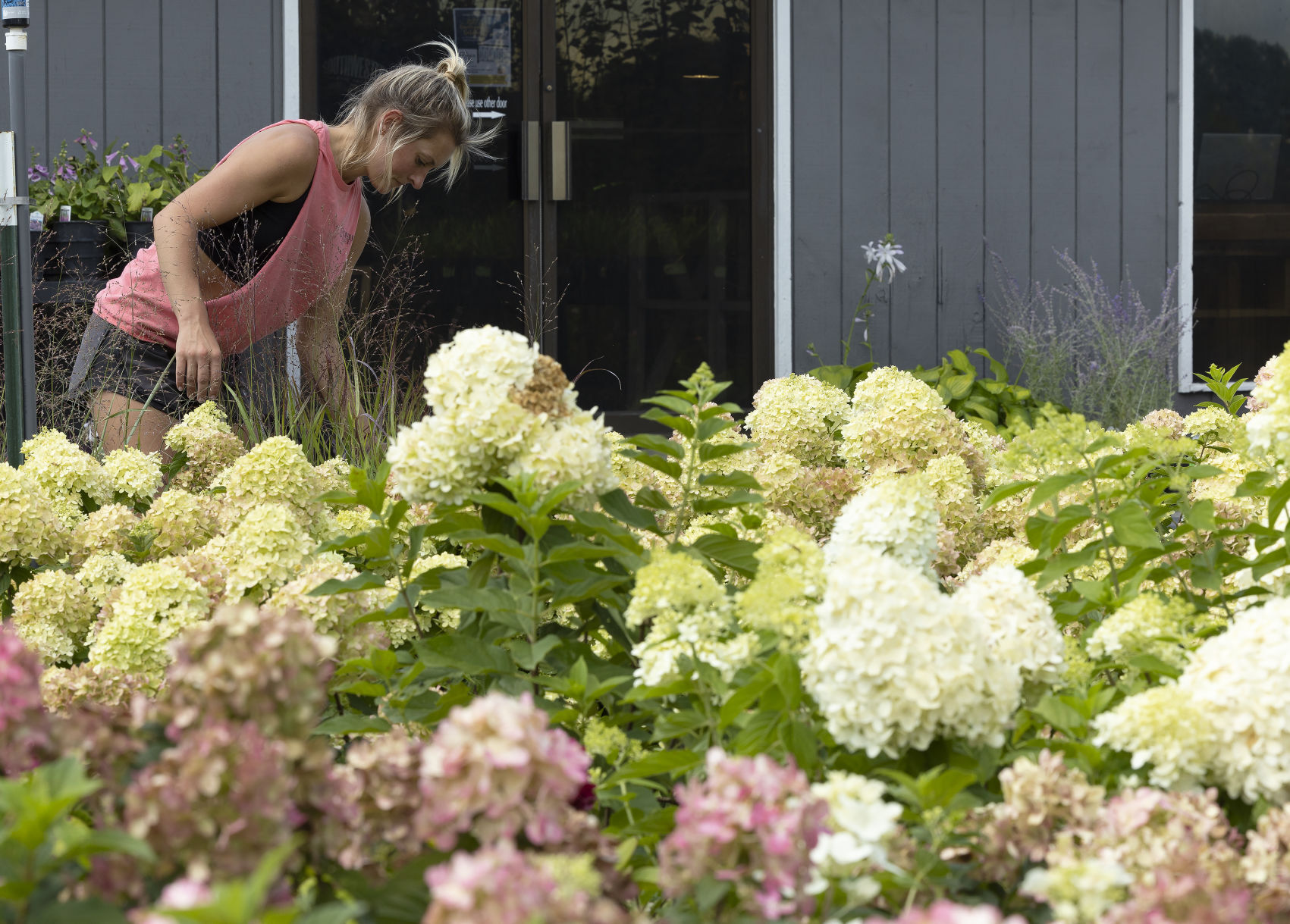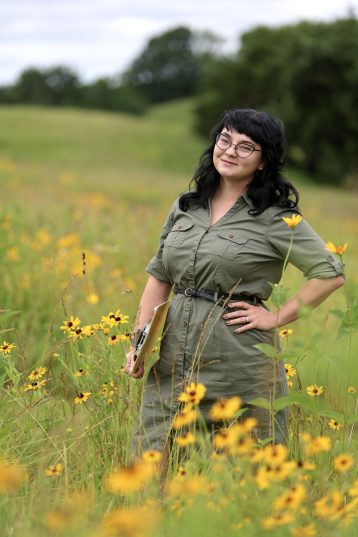Temperatures are cooling and leaves will soon begin to turn. Fall is on its way.
While apple picking, pumpkin patches and haunted houses are staples of the season, consider adding one more activity to your autumn schedule: Gardening.
It’s not just for springtime. Gardening in the fall can set you up for success in future seasons, as well as give your garden one last pop of color before everything gets blanketed in the white of winter snow.
We sat down with area experts to get you all the best tips and tricks ahead of autumn’s arrival. Here’s what they had to say:
Winding down before winter
Much of fall gardening has to do with helping your plants wind down for the winter. It’s like putting your garden to bed so it can wake up refreshed come springtime.
“In the fall, your plants are kind of powering down,” said Morgan Leverington, garden center manager at Cornerstone Nursery in Dubuque. “Versus in the spring, everything is more so gearing up to push out new growth.”
This means you’ll want to scale back your fertilizer use. While fertilizer would help grow anything you planted later in the year, most of that new growth would be lost to the upcoming cold.
Instead, Lori Portner, owner of Murphy’s Gardens in Galena, Ill., recommended putting down a layer of compost to improve soil health without spurring too much growth.
It also means bringing certain plants inside when it gets too cold. Leverington advised that houseplants, succulents, tropical plants and other delicate perennials should be brought inside once temperatures consistently dip into the 40s.
Another part of maintaining your garden in the fall is making sure to pull out all those obnoxious and unwanted weeds. While the temptation might be strong to hang up the gardening gloves, Portner said weeding in the fall can give you an edge in the springtime.
“The most important thing you can do is keep up with those weeds in the fall,” Portner said.
Cleaning up, but not too much
In addition to weeding, fall also is a good time to cut back plants to keep your garden clean. But what and how much you clear will depend on several factors, according to Donita Cartmill, horticulture professor at University of Wisconsin-Platteville.
“It depends on the plant, and it depends on your management strategy,” she said. “If you’re trying to avoid pathogens, then you’ll want to get rid of more foliage. If you’re trying to have winter interest or leave food for wildlife, you’ll do more of your cutback in the spring.”
Some plants, such as peonies, are prone to pests and pathogens. This means they’d benefit from being cut back more aggressively. Other things you’d want to clean up would be any plant that would be otherwise obnoxious, overly tall or have copious foliage.
Other plants can be more or less left alone in the fall, such as certain ornamental grasses or low lying plants without lots of seeds. Left out, these plants also can provide food to local animals and insects.
“We used to be taught to clean up our gardens as clean as a whistle in the fall and we do not recommend that anymore,” Portner said. “You can make it cleaner without destroying all (the benefits).”
Fall planting for spring success
Soil temperatures in the fall are warm enough to promote root growth, and there’s a decent amount of rainfall to keep everything watered. This makes fall a good time to get many types of plants established in your garden. This is especially true of deciduous shrubs and trees, as well as hardier perennials like hostas.
“If you can get those roots established in the fall, you’re basically gaining a year for the next season,” Portner said.
To make sure there’s enough time for roots to get established, you’ll want to have most things planted at least six to eight weeks before the first frost. Cartmill said you’d also want to add a layer of mulch to provide insulation and deter weeds. The type and amount you’ll use will depend on your needs and the look you’re hoping to achieve.
You’ll also want to make sure you’re watering your transplants, Leverington said, to prepare your plants for the wintertime.
Adding in some fall color
Autumnal gardening isn’t all about preparing for spring, however. There also are myriad plants you can add to your garden to create one last pop of color.
Cartmill said it’s best to look for plants whose foliage changes color with the seasons, giving your garden a dynamic look in time. This can be done using ornamental grasses and shrubs, such as purple fountain grass or seven son flower. Cartmill also listed fall blooming aster, hydrangeas and cranberry viburnum as plants that can add color to a garden later in the year. Mums are another popular fall flower, but Portner emphasized that the options don’t end there. Plants like receding rudbeckia, allium and coral bells also can add a nice pop of color in fall.
She said people could mix pumpkins and gourds into their garden for additional color and to cultivate that quintessential fall feeling.
“You have to just think out side of the box with color,” she said. “The sky’s the limit, really.”
Grace Nieland writes for the Telegraph Herald.

